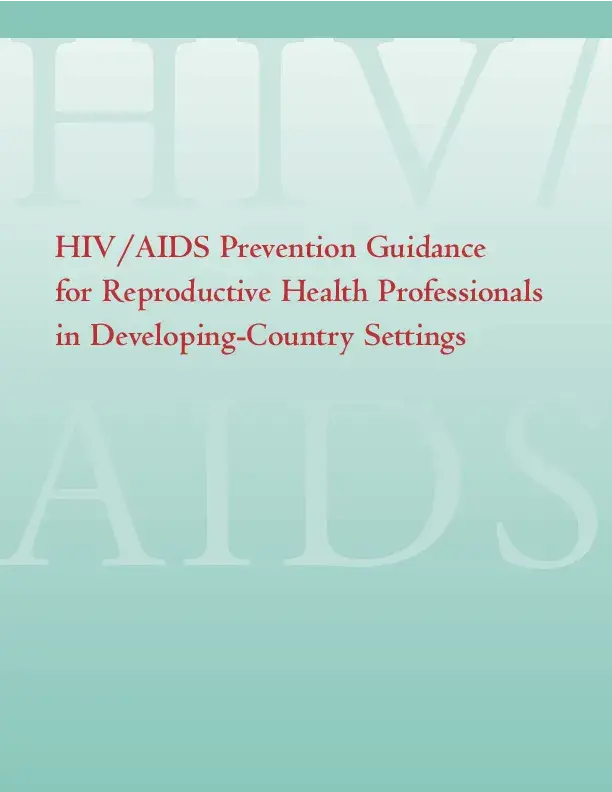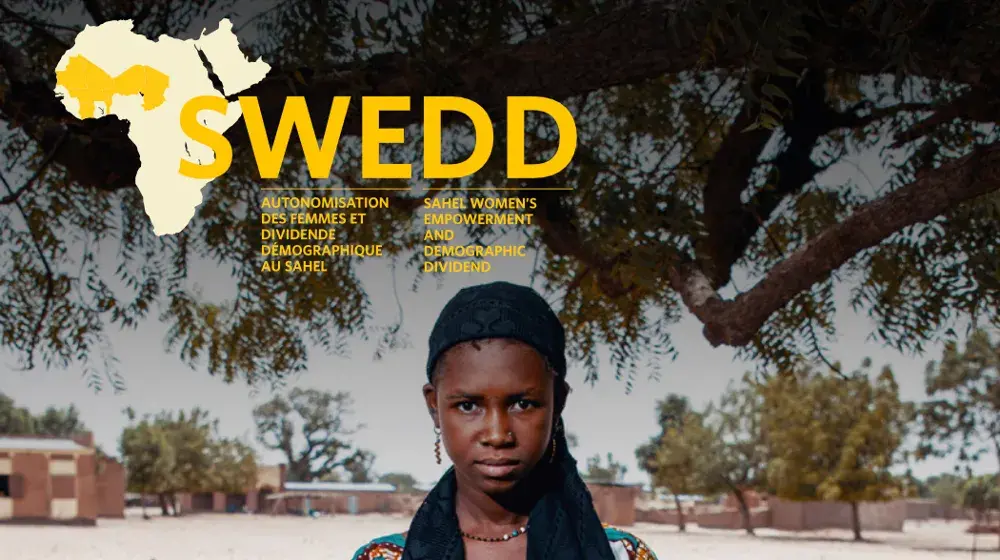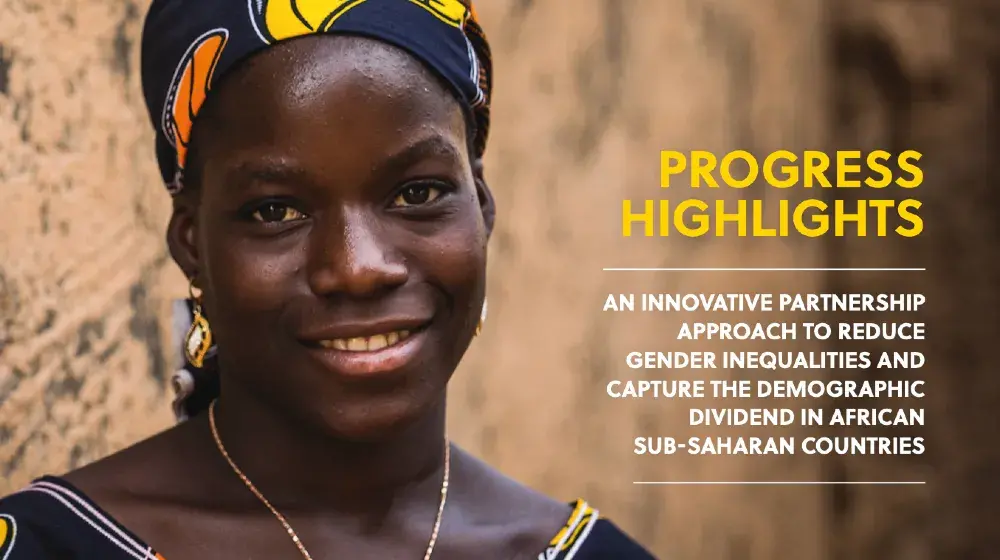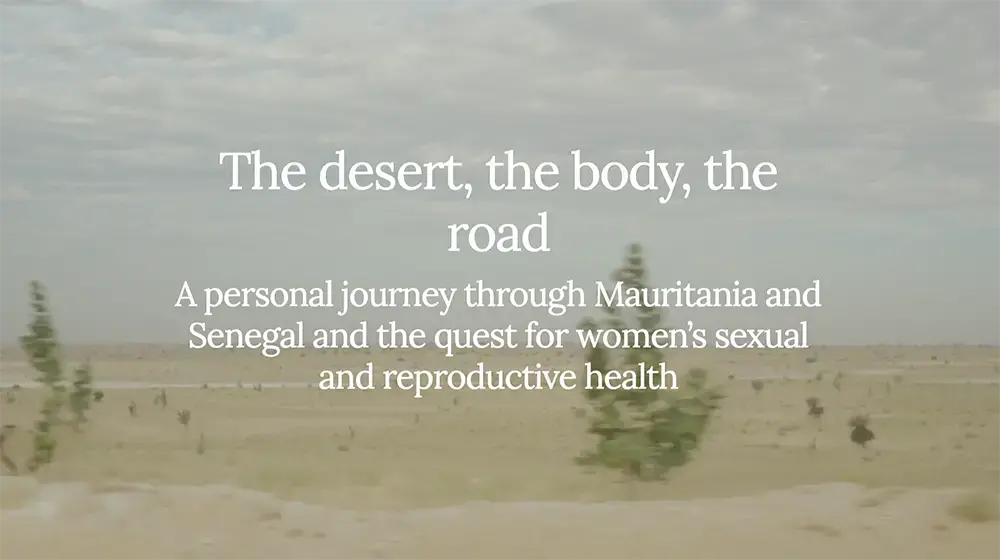After more than two decades of sustained and expanding HIV/AIDS interventions, it is clear that effective HIV services, programs, and policies for prevention, care, support, treatment, and impact alleviation require multi-sectoral responses from governments, international agencies, and international and national nongovernmental organizations (NGOs). However, organizations and institutions that provide reproductive health services—be they family planning services, antenatal/postpartum clinics, maternal/child health services, clinics for the treatment of sexually transmitted infections (STIs), or any number of integrated service delivery points—stand at the center of HIV/AIDS interventions. While these programs and services are usually geared toward their own particular goals—providing information about family planning options and technologies to meet the needs of individuals and couples, providing information about and appropriate treatment for STIs, providing information and care for pregnant and postpartum women, and providing services that meet the special needs of youth—it is appropriate and indeed imperative that they be aware of how their particular area of work intersects with the demands of effectively confronting HIV/AIDS at a national level.
Family planning
Human rights
HIV/AIDS Prevention Guidance for Reproductive Health Professionals in Developing-Country Settings

Publisher
UNFPA, Population Council
Number of pages
65
Author
UNFPA, Population Council
Publications
HIV/AIDS Prevention Guidance for Reproductive Health Professionals in Developing-Country Settings
Publication date
12 September 2014
Latest
Publications
16 October 2023




